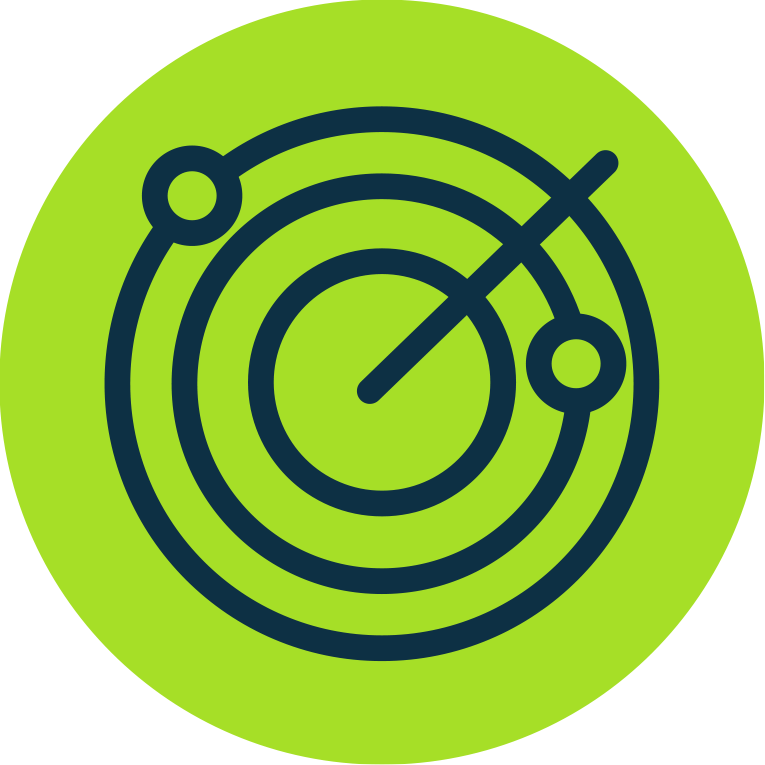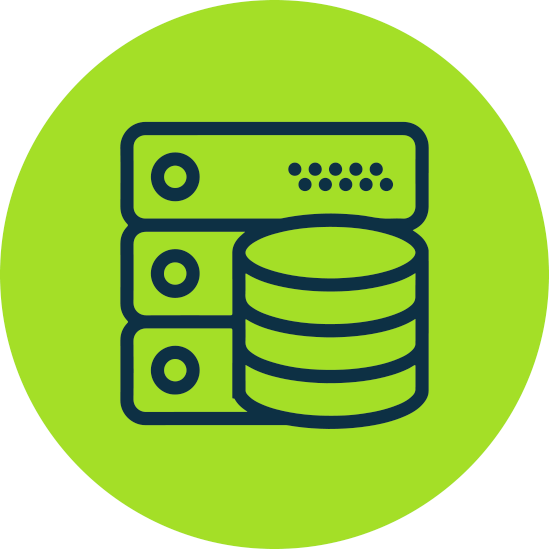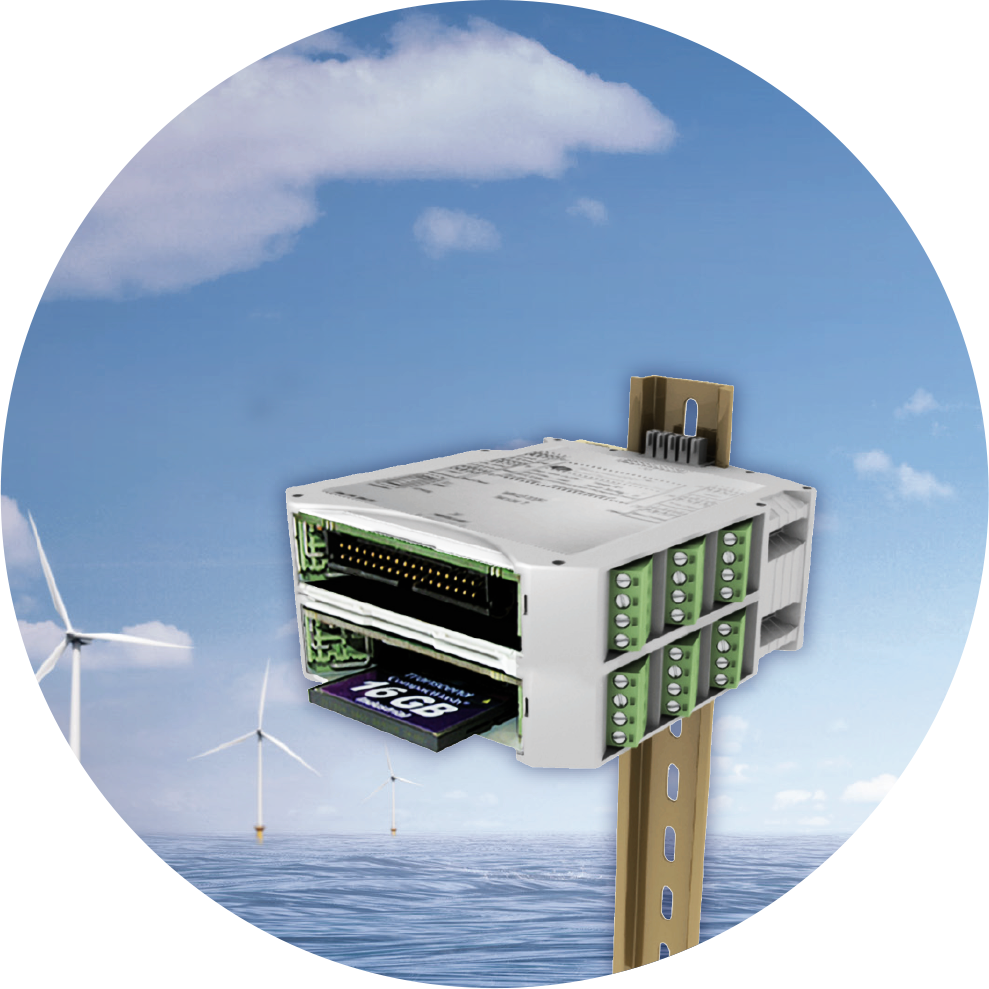HQ
-
2035 Mills Rd. Sidney
BC V8L 5X2, Canada - +1 (250) 655-5850
- customersupport@axys.com
NV
-
Slijkensesteenweg 2
Oostende 8400, Belgium - +32 470 102220
- customersupport@axys.com
About the AXYS-APS:
The AXYS-APS (Analytics Portal Service) allows users to visualize and integrate collections of different data types across space, time, parameter, and other dimensions, which will result in increased utilization of data for improved resource management, planning and research efforts.
AXYS-APS is a robust and secure web-based portal for controlling a network of systems and sensors, as well as collecting, managing, analyzing, visualizing and disseminating environmental and oceanographic data from AXYS sensor platforms and a variety of other sources.
AXYS-APS Features:

Real time access to remotely sensed data

Configure sensors, telemetry & power systems remotely

Redundant data storage

Real-time performance monitoring & alerts

Modular form factor & interface

Designed for long-term operations in remote & harsh environments

Remote configuration & diagnostics

Configurable sensor interface
The WatchMan500™ node is an intelligent, configurable and expandable sensor I/O controller and data logger with two-way communications, designed for long-term operations in any location or environment. This platform is the ideal solution for any application requiring data collection, control, processing, or remote system management. It can interface with custom or off-the-shelf sensor equipment, software and telemetry.
The unique infrastructure of the WatchMan500TM node allows additional I/O to be added by interconnecting multiple modules. Any one of these modules can be designated the “primary module” and enables the system to be remotely queried and configured. This primary module processes then forwards the data over a chosen communication link to a pre-designated data center. Open architecture enables the WatchMan500 to accept virtually any sensor or telemetry. Expandability to up to 28 modules allows hundreds of potential sensors to be connected to one system in a single NEMA 4 enclosure with a single communications link and power source.

AXYS Technicians work with the local team to ensure it is fully functional and meets the operational requirements. Once the system has been commissioned, it is then ready for deployment or installation.Commissioning of a buoy typically includes reassembly of the system, testing of the reassembled system to ensure compliance with factory standards, and preparation for deployment.
AXYS field technicians deploy buoys and install land stations in many different environments around the world. AXYS advises clients on the logistics requirements, such as vessels, cranes, forklifts, and work sites, depending on the type of system being deployed or installed. Field technicians will work with local personnel to carry out all the tasks necessary to ensure the system is operating to specification and provide guidance to vessel crew to ensure it is safely deployed. Deployment of a buoy typically involves delivery of the system to its operating location, deployment of the mooring, and final deployment check of the system once installed.
Iridium Satellite uses a dedicated constellation of 66 low-earth orbiting (LEO) operational satellites and 14 in-orbit spares positioned at a height of approximately 780km. The satellites orbit from pole to pole with an orbit of roughly 100 minutes. Short burst data packets are transmitted to the nearest satellite and received by a gateway on earth, either directly or via another satellite in the network, and delivered to the DMS software in email format. Iridium’s two-way service avoids multiple redundant transmissions by acknowledging that data has been sent. This system is best suited to situations where large amounts of data need to be transmitted, as airtime is charged by the minute.
Inmarsat is a high orbit geostationary satellite telemetry system operating in a ±60° latitude. The Inmarsat system consists of four communications satellites backed up by an additional five satellites that can be brought into use in the event of technical difficulties or high traffic. There are a number of different bandwidth telemetry services available through Inmarsat.
IsatData Pro offers a higher bandwidth than the Isat M2M service, with 10Kb upload and 6Kb download. Isat M2M is used for low bandwidth messaging and platform position monitoring. Both IsatData Pro and Isat M2M are capable of providing alerts along with regular data transmissions, and can be either pre-programmed or remotely triggered to send automatic messages. This transmitted data is archived on a database and available for secure client access.
The Argos (Advanced Research and Global Observation Satellite) system is comprised of low orbit, non-geostationary satellites. Argos satellite telemetry is a limited data communications solution for use in remote locations where VHF or cellular telemetry are intermittent or unfeasible. This telemetry option is controlled through NOAA and there are some restrictions to applications and users; users need to apply for the service.
GOES (Geostationary Operational Environmental Satellite) is a geostationary satellite system that provides 24-hour coverage and is generally used by governments and institutions. Interested persons must apply for its use, as there is limited access to this system.
The ORBCOMM (Low-Earth Orbit Satellite) system uses a network of low-Earth, near-polar orbital satellites for data and messaging communications services. ORBCOMM provides tracking, monitoring, and messaging capabilities to and from anywhere in the world, and there are no restrictions to applications or users.
Cellular telemetry offers high bandwidth, two way communications for deployments within coverage areas. AXYS clients are required to subscribe to a data plan with a local service provider. The two way telemetry is a preferred choice for near-shore deployments.
Radio telemetry is one of the most common methods of transmitting data from remote inaccessible installations, (water or land). Radio telemetry requires a clear line-of-sight between the monitoring system and the base station for distances up to 30 km. While antenna positioning, gain, tuning, and ambient noise can adversely affect range, our systems can be configured to send multiple transmissions to ensure a consistently high data throughput.
AXYS products include an internal data logging option. This can be used as either a backup system in the event of marginal telemetry conditions or as a stand-alone feature. Data sampled by the system is logged onto a large capacity Compact Flash (CF) Card.